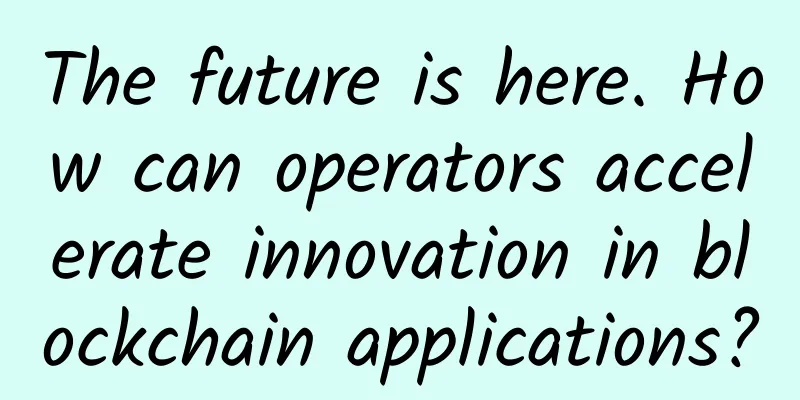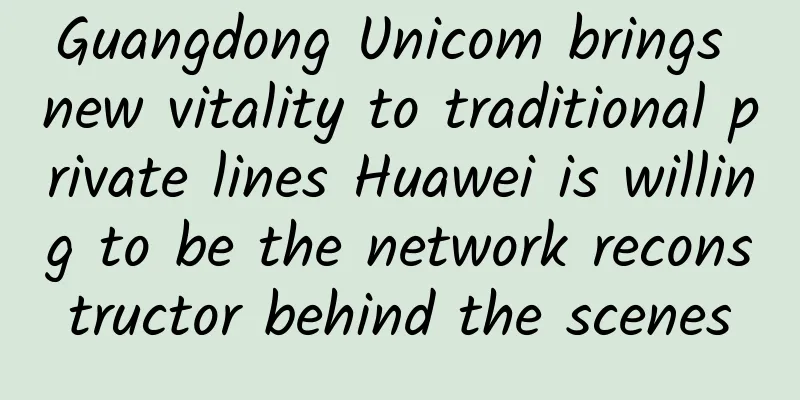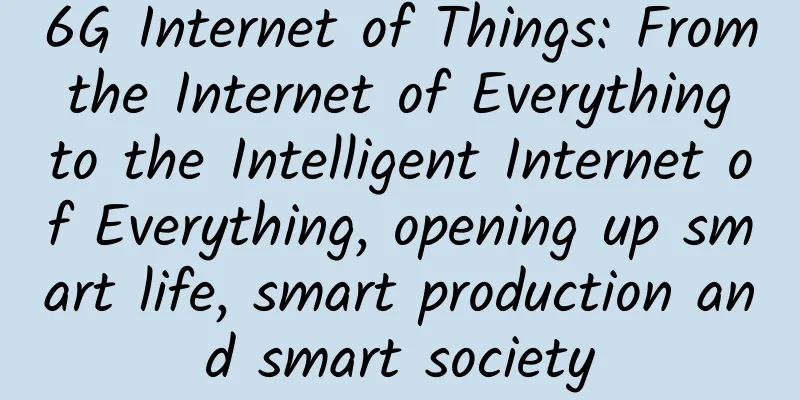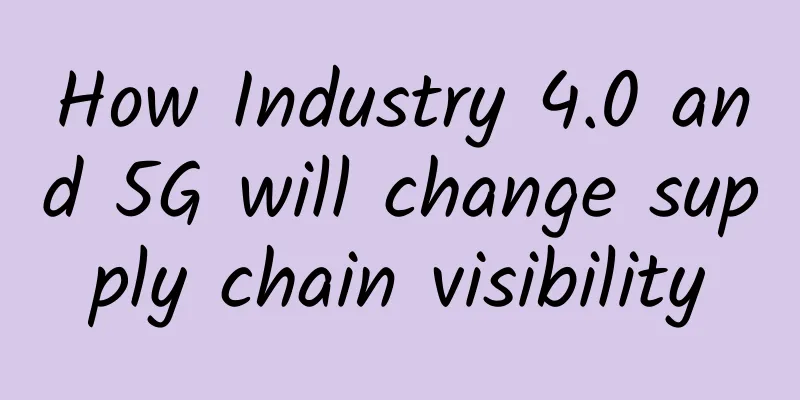The future is here. How can operators accelerate innovation in blockchain applications?

|
At present, there are more than 1,400 blockchain companies in my country, and a relatively complete industrial chain has been initially formed; there are more than 40 industrial parks, and the number of patent applications is the highest in the world; in terms of blockchain standardization, there are 6 national standards and more than 10 industry standards, leading the world. In the "14th Five-Year Plan" and the Outline of the 2035 Vision Goals, blockchain was included in the national plan for the first time. Based on the scale of the telecommunications industry and its role as a communications infrastructure, telecommunications operators have become one of the core driving forces in promoting the innovation and development of the entire blockchain industry, from the formulation and promotion of standards to large-scale application practices. With the advent of the blockchain industry, operators will usher in great opportunities with the assistance of 5G strength. 5G and blockchain are mutually empowering. 5G aims to realize the interconnection of all things, providing a solid guarantee for the high-speed transmission of massive amounts of data and information. It can also give full play to the advantages of cloud-network collaboration and provide powerful computing power and storage services for the increasing number of blockchain applications. Blockchain, as a decentralized and privacy-protecting technical tool, aims to achieve mutual trust among all things and assist 5G in solving problems such as reliability, security, privacy, and trust. The integration of the two will promote a major change and renewal in the entire social production mode. The integration of blockchain technology will also help operators open the door to future opportunities and create new and greater value. At present, the era of the Internet of Everything has arrived. The product form, application, channel, user and ecology of the terminal industry are facing new changes and challenges. It is urgent to integrate and explore the integrated application of blockchain, Internet of Things and 5G. With the gradual decline of traffic dividends, the gap between communication business volume and revenue has further widened. It is difficult to rely solely on scale and traffic growth. It is urgent to use emerging technologies such as blockchain to innovate business and find new profit growth points. In the next one or two years, how can operators accelerate the innovation and integrated development of blockchain applications? China Telecom said that in the face of competition in blockchain technological innovation, it will further leverage China Telecom's cloud network infrastructure advantages, build a high-quality blockchain value network infrastructure with operator characteristics, jointly build a blockchain industry ecosystem, and enable multi-industry applications in the digital economy; China Mobile will take blockchain as an important breakthrough for independent innovation in core technologies, accelerate the promotion of blockchain technology and industry innovation and development, and achieve "double first-class" blockchain capabilities and applications; China Unicom will strengthen blockchain technology innovation to safeguard data security and trust, and will parallelize technology reserves and breakthroughs, and highly integrate industry implementation with scenario applications. The author believes that if blockchain is to be truly popularized and maximize its value, the most urgent task is to find "killer" application scenarios, which must be driven by applications. Technology is not the main bottleneck of blockchain, and many technology service providers can do it. The most difficult thing is to find valuable and practical scenarios. For operators, applications closely related to communication networks and services are their focus. The first is to use blockchain technology to build a new 5G network infrastructure.By leveraging the decentralization, security, and smart contract features of blockchain technology, we can build a decentralized network infrastructure, promote base station sharing and dynamic spectrum management and sharing among communication operators, and mobilize users to transform the electronic products around them into micro base stations that can transmit data, thereby achieving collaboration between macro and micro base stations, and efficiently promoting the rapid implementation and development of 5G. The second is to accelerate the development of integrated applications of 5G and blockchain.In the fields of Internet of Things, Internet of Vehicles, unmanned driving, industrial Internet, smart cities, etc., 5G's interconnection of all things can realize real-time and rapid transmission of hardware data. The blockchain's tamper-proof, secure, traceable, and zero-knowledge proof technology can provide a decentralized and secure solution for large-scale collaboration between devices. |
<<: Four waves, closing the TCP connection
Recommend
Servzen: $2.49/month OpenVZ-1GB/20GB/1Gbps unlimited traffic/Netherlands data center
Servzen is a foreign hosting company founded in 2...
5G Technology: The Future of Smart Homes and Cities
The world is moving towards a more connected futu...
[Black Friday] Friendhosting 40% off, 13 data center VPS monthly payment starts from 1.8 euros
Friendhosting released this year's Black Frid...
Learn RTMP and RTSP streaming protocols in seconds
RTMP and RTSP are two common streaming protocols....
How to connect multiple Ethernet switches?
Ethernet is not a new technology as it has been u...
Huawei builds a government cloud platform to help the "Millennium Ancient Capital" develop
[[188583]] "E-government is currently in a p...
6 places that provide free certificates to upgrade your website to HTTPS for free
As websites such as Google, Taobao, and Baidu hav...
Software Defined Data Center (SDDC) Architecture for Beginners
Software-defined data center is a data management...
HostYun: Los Angeles/Japan/Korea/Hong Kong VPS monthly payment starts from 15 yuan, KVM architecture, CN2 GIA and other lines
HostYun is a Chinese VPS hosting company founded ...
Smart trash cans offer hidden 5G infrastructure
Alpha Wireless partners with smart waste company ...
Donghua's anti-unified prescription system helps hospitals develop an "indestructible body"
Recently, a piece of news that "Apple China ...
In the second half of cloud computing, how can operators embrace open source?
[[225474]] Editor's Note In recent years, wit...
Huawei takes four major measures to lay out its computing strategy and launches the new AI training cluster Atlas 900
On September 18, 2019, the fourth HUAWEI CONNECT ...
McDonald's uses 5G as a gimmick to sell chicken, but the real 5G still depends on the Internet of Things
In the past two days, a marketing campaign that o...
5G is not yet popular, so why are 4G phones now starting to have their speed limited?
I don’t know since when, but it feels like the cu...









